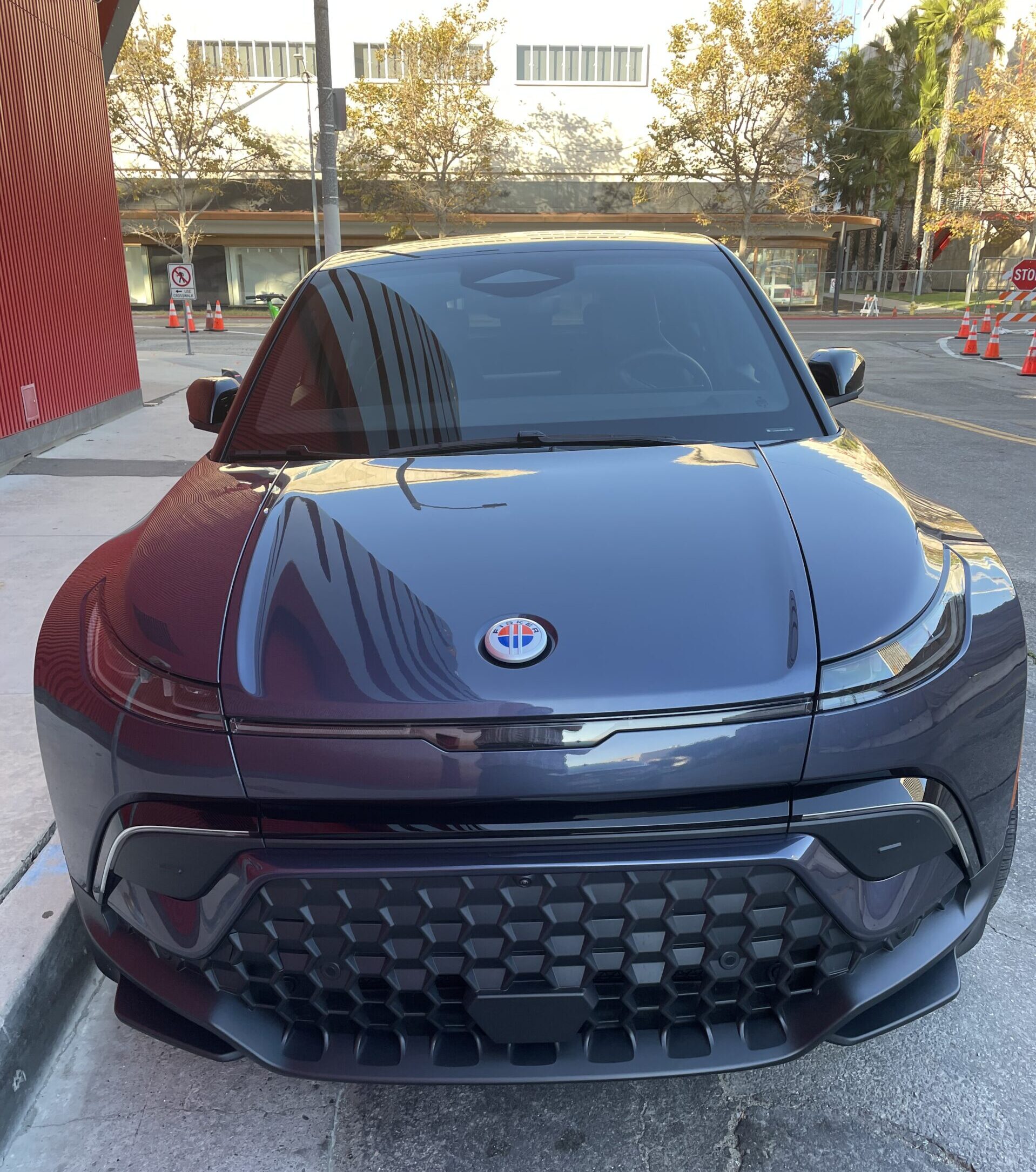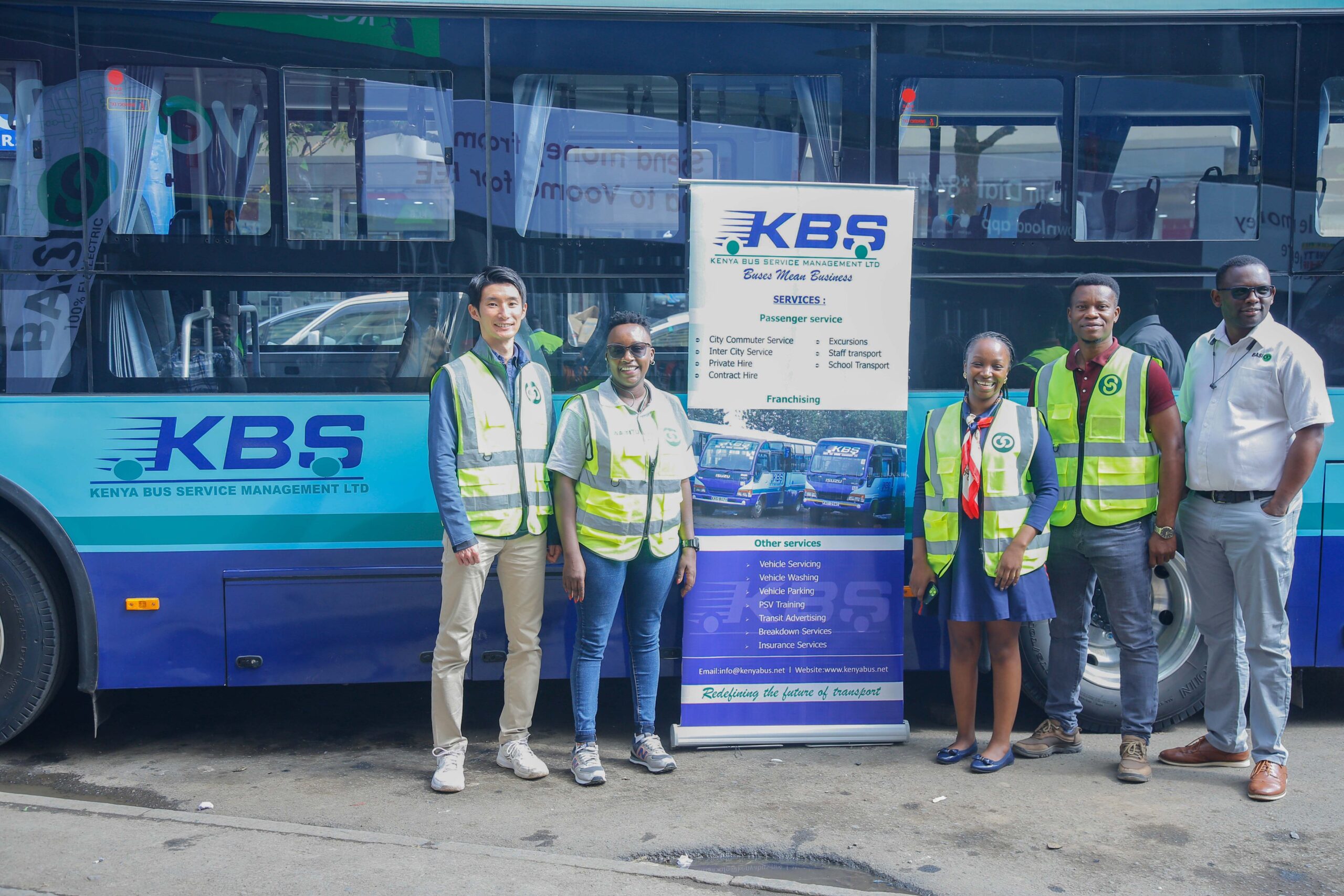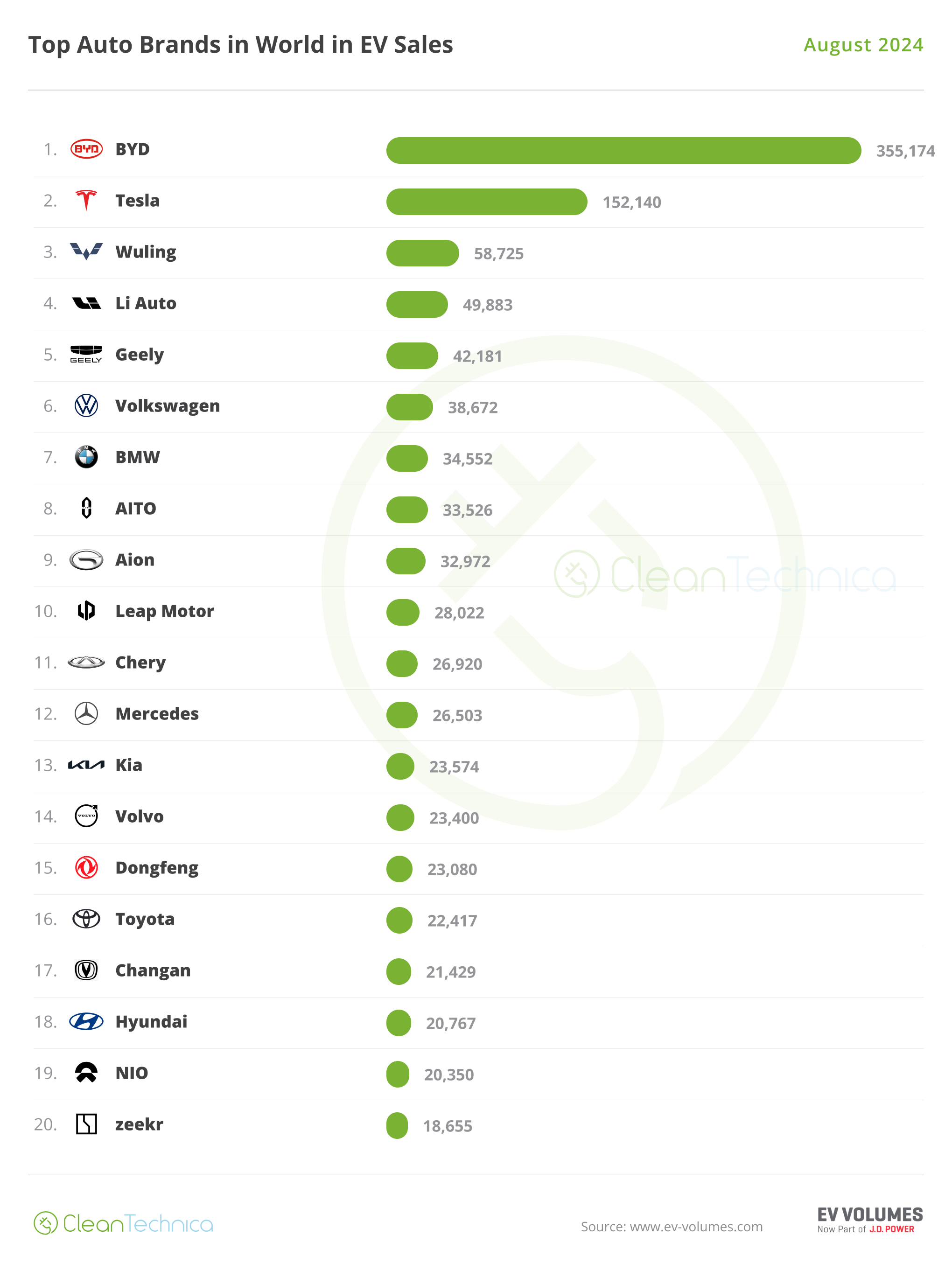Sign up for daily news updates from CleanTechnica on email. Or follow us on Google News!
I recently saw people on social media saying that there should be a 20 MPH speed limit everywhere in cities, which is a pretty weird argument all by itself in 2023. This, sadly, is an idea that’s been pushed since cars were first starting to appear on city streets, and instead of doing that 80-100 years ago, a mix of angry motorists and automotive manufacturer lobbying led to the banning of jaywalking instead. This reduced the carnage, but fundamentally changed the purpose and character of urban streets.
The topic is getting discussed more widely again today because Wales lowered its default speed limit (on residential and other streets where no speed is posted) from 30 MPH to 20. Even only applying to residential streets, it does bring up a lot of interesting debate over how cars, people riding micromobility options, and pedestrians should mix. There’s also lots of room to debate the impact on emissions, but I’m going to skip that one for now because EVs don’t emit more at low speeds.
But, the issue of speed limits doesn’t exist in a vacuum. There are places where a 20 MPH speed limit is very appropriate, and other places where it would be a disaster. So, we need to talk more about those distinctions before we can actually have a sane and rational discussion about speed.
When it comes to safely mixing different road users, one important problem we need to consider (especially in the U.S.) is the “stroad.” Instead of building streets where it’s normal for people to hang out and roads where people are supposed to stay out of the way, many places have a mix of street and road that’s not good for anybody involved. Even worse, the mid-speed “stroads” are usually lined with driveways for businesses and sometimes even homes, which leads to a lot of otherwise avoidable accidents.
Here’s a video that explains the stroad problem in more detail, with visual examples (article continues after video):
The video describes the stroad as the “futon of transportation.” Futons suck at being couches and suck at being beds, just like stroads suck at being streets or roads. They’re both a road to go long distances and a street to be a destination, and they are sucky for both drivers and other users.
Two vs Three Categories of Roadways
Sadly, many urbanists take the concept of stroads too far, while missing a key part of the good example set in some parts of Europe. For example, the video points out that Strong Towns advocates for a two-tiered system, and thinks the stroads should be converted either to streets or roads. But, in the places that are used as an example (and in most discussion by transportation engineers), there’s a three-tiered system:
- Highways (aka “flow roads”), which are only meant for high speed travel.
- Roads (aka “distributor roads”), which are meant to connect highways to areas with streets, but don’t have driveways, micromobility, or pedestrians sharing the space. These may be two-lane or more. Roundabouts are preferred to lights.
- Streets, which are meant to be the final destination and serve all road users equally at low speeds.
The video above gets this right, and very gently takes Strong Towns and other urbanists in that camp to task for neglecting the third category. But, if you read the writings of people who neglect to mention highways as a third category, it’s usually because they are against highways and don’t want to make them part of the safety and emissions discussion. They’d rather mostly remove cars from cities and have people use public transportation, trains, etc for longer distance journeys.
More Safety For Micromobility & Pedestrians, Better Traffic For Drivers
The advantage to this three-tiered system over either stroads or a two-tiered road/street system is that it gives everyone better transportation without taking anything away from anybody. And, the biggest obstacle to changing transportation is the feeling that changes are going to take things from drivers. This makes a three-tiered system a lot easier to implement in the United States and Canada.
From a pedestrian and micromobility perspective, it’s a lot safer to not ever need to share space with cars going 40+ MPH. Instead, you can take a path from street to street to street across town. Taking that route would suck big time in a car, but it makes things both safe and pleasant if you’re on a bike or on foot. Low-speed streets are also a lot easier to plan light rail, electric bus routes, and other transit because drivers already expect to go slow and stop a lot on those streets (and mostly avoid them).
For drivers, a three-tiered system is slow at the beginning and end of a drive, but far more pleasant, fast, and safe than driving on stroads and highways with too many exits. Once the driver gets off the initial short journey on a street or two, there are few reasons to need to stop or slow down. Nobody’s slowing down suddenly to go into a driveway. There are fewer traffic lights (and hopefully just roundabouts when streets need to connect), so the frustration of waiting for things is lessened. And, there’s an easy transition from road to highway, and then from highway to road.
Compared to today, where drivers are having to drive slow along congested and dangerous stroads, the speed situation is for better for most of the drive. Roads and highways can safely support higher speeds without hurting anybody because vulnerable road users are now on streets or in a completely separate path on the side. More importantly, drivers can actually drive the speed limit for most of the drive instead of constantly stopping for dumb reasons.
For everyone, the number of people moving goes way up. The streets are no worse off than any neighborhood street today, and could be safer because there’s no expectation of speed. The roads, with transit removed to streets or in a special lane, move more cars and more buses. Separated bike lanes on roads also mean more people are willing to take a bike, because people both feel and actually are a lot safer.
With transit moved to streets in many places, the place where you get on is a lot closer to home, making transit a much more attractive option. The only remaining obstacle (especially in the United States) is the issue of criminal activity, crazy people, and general dirtiness on transit, but that’s a discussion for another day.
I’d also argue that the issue of a rural-urban divide can be smoothed over a bit by such a three-tier system. People who live in rural areas are far more likely to drive, and such a system doesn’t make the city feel hostile to their way of life when they visit. Schemes to keep cars out of cities make rural people feel (like they often do) that the city doesn’t care about them or their needs, widening the divide.
In some ways, this discussion is still very incomplete, as there are devils in all of the details, and in other ways, it’s fairly complex compared to most discussions about transportation I’ve seen on the internet. Blanket advocacy against cars, for lower speed limits without other reforms, and for other simplistic solutions doesn’t help, but coming up with solutions just complex enough to solve complex problems is probably the way to go.
Featured image by Jennifer Sensiba.
Have a tip for CleanTechnica? Want to advertise? Want to suggest a guest for our CleanTech Talk podcast? Contact us here.
EV Obsession Daily!
I don’t like paywalls. You don’t like paywalls. Who likes paywalls? Here at CleanTechnica, we implemented a limited paywall for a while, but it always felt wrong — and it was always tough to decide what we should put behind there. In theory, your most exclusive and best content goes behind a paywall. But then fewer people read it!! So, we’ve decided to completely nix paywalls here at CleanTechnica. But…
Thank you!
Tesla Sales in 2023, 2024, and 2030
CleanTechnica uses affiliate links. See our policy here.




